About Us
All bags at Exotic Creations are handmade using exotic skins of identical quality to Hermès.
Our exotic skins are sourced from world renowned tanneries that supply the brand itself.
All our exotic leathers are carefully inspected to ensure that only the finest pieces are used in each handbag we create.
We combine the finest rare materials with careful craftsmanship to create exotic handbags indistinguishable from the authentic.
All our exotic bags come with a CITES certificate which should be carried with the bag when traveling.
We specialize in Alligator, Crocodile, Lizard and Ostrich bags that are a true 1:1 representation of the original.
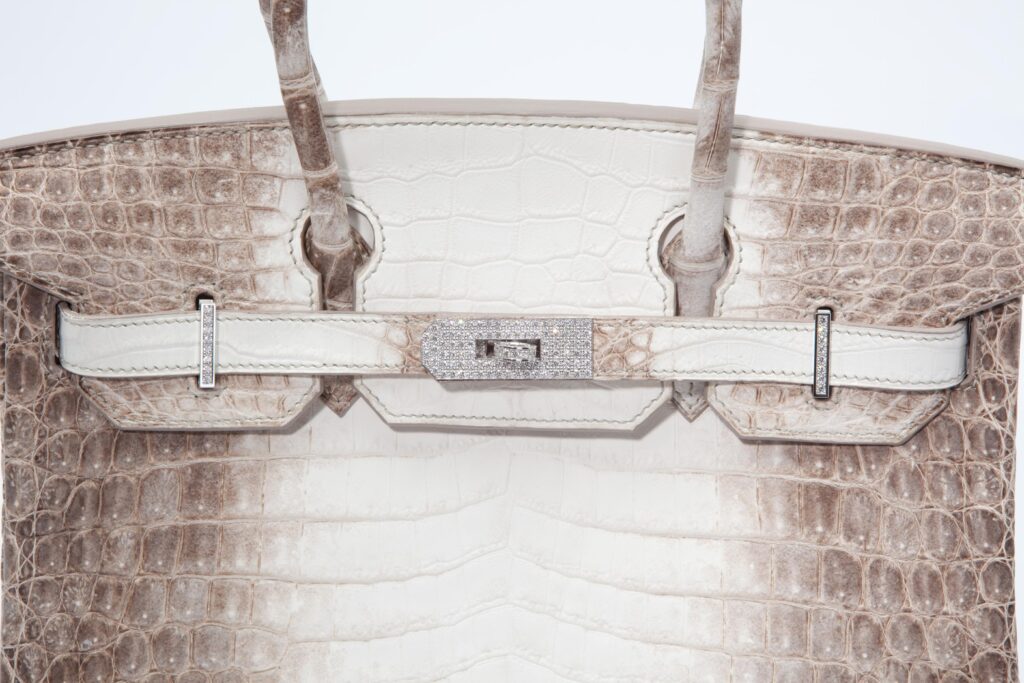
Porosus Crocodile is characterized by the tiny pores
on each scale, which gives this species its name.
Although not perfectly symmetrical, given this skin
is natural and not a pressed leather pattern, it is
known to have scales with qualities we like to call
the “three S: Small, Square, and Symmetrical,
which makes it so sought after by collectors.
Porosus Crocodile comes in two varieties:
Matte and Lisse (Shiny).
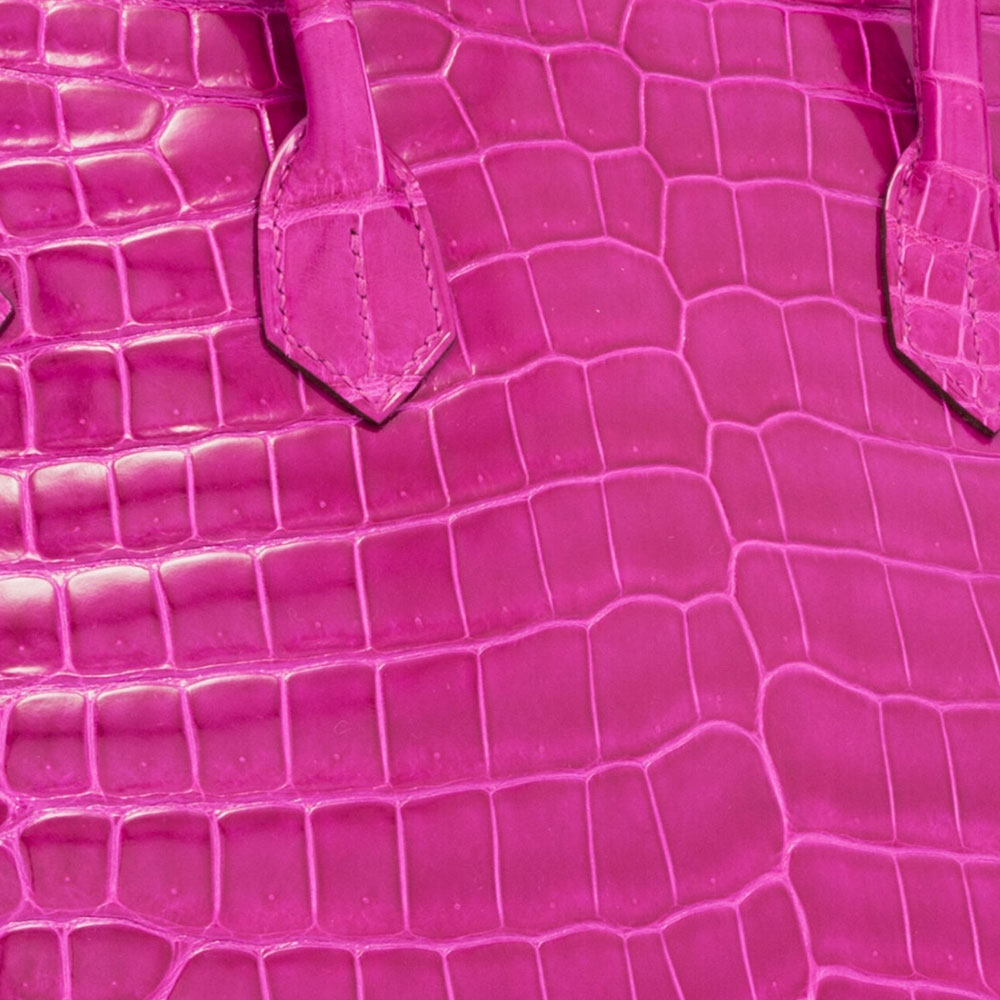
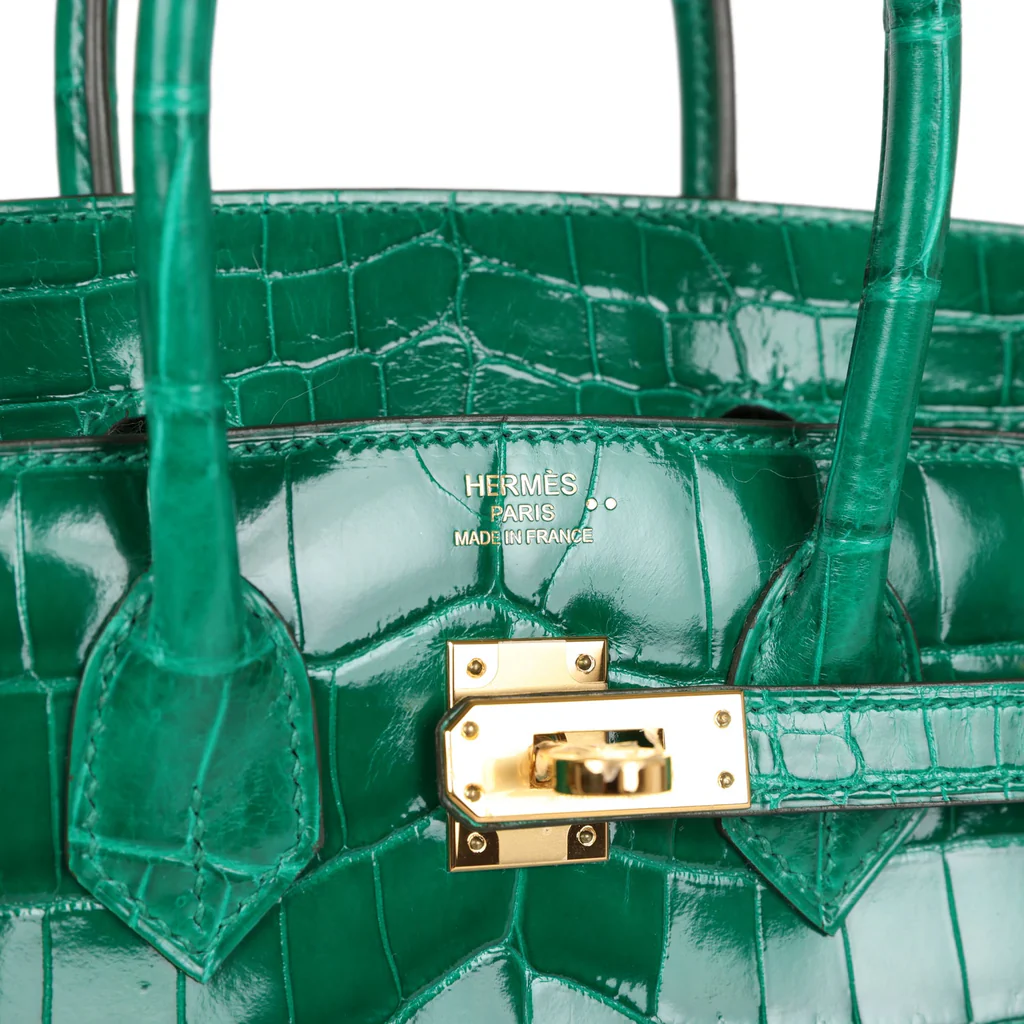
The Niloticus Crocodile gets its name from the region in which it is native, the Nile River. These skins are characterized as the slightly larger cousin to the Porosus Crocodile, with subtly larger scales, and often seen lacking distinct pores, although they are sometimes noticeable on certain samples. Porosus Crocodile comes in two varieties: Matte and Lisse (Shiny). The Matte finish is created by rubbing the skin with felt, while the finish of Shiny Crocodile is created by buffing the skin with a stone until a sheen develops.
Varanus Salvator lizard, originating from Southeast Asia,
is best known for its use in Hermès “Ombre” lizard
handbags and accessories. The Salvator lizard is dyed
into a symmetrical pattern that highlights the natural
riglet patterning of the skin. Salvator lizard is marked
with a double hyphen (=) next to the Hermès stamp.
Varanus Salvator lizard, also referred to as Natural lizard,
comes in a variety of styles, with the most after sought
being Ombre lizard. Often compared to the iconic
Himalayan design, Ombre lizard bags are distinguished
by their natural white rings on a gray background that
fades into white arches.
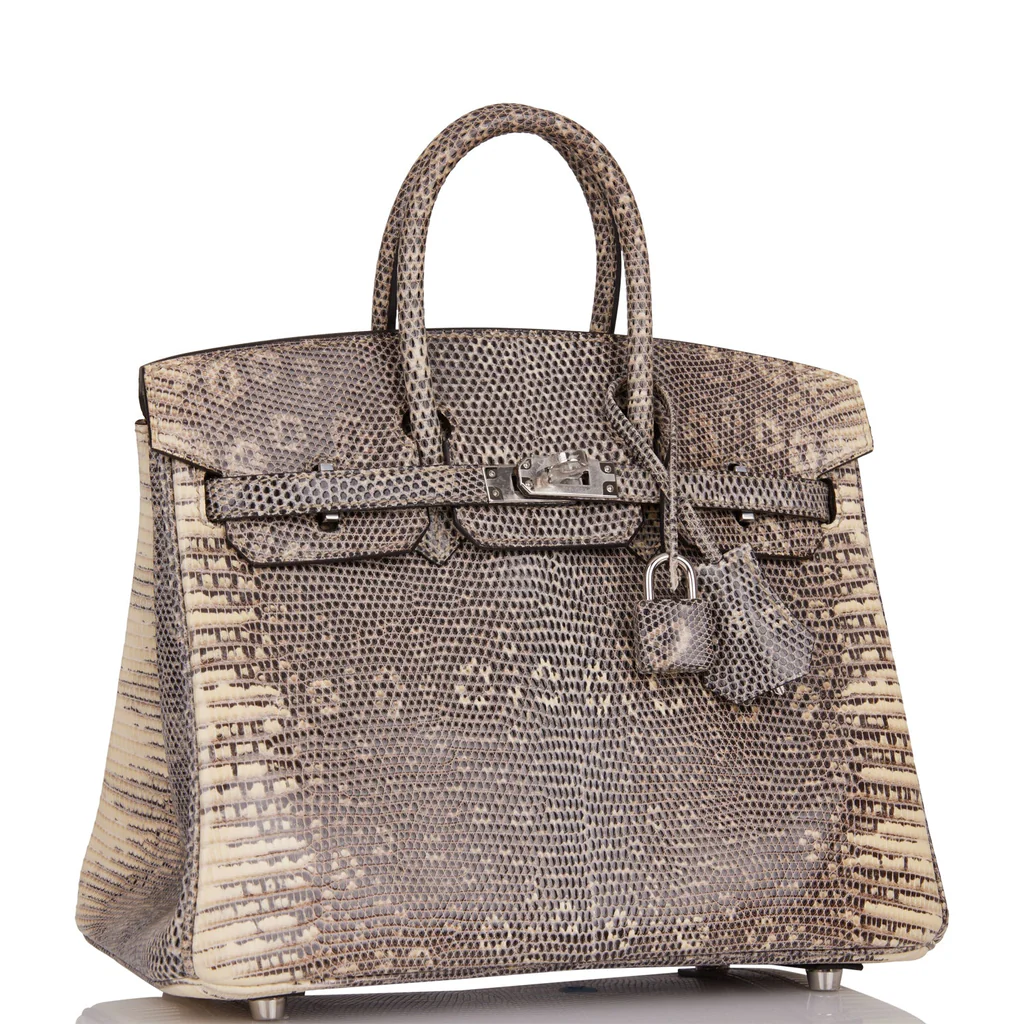
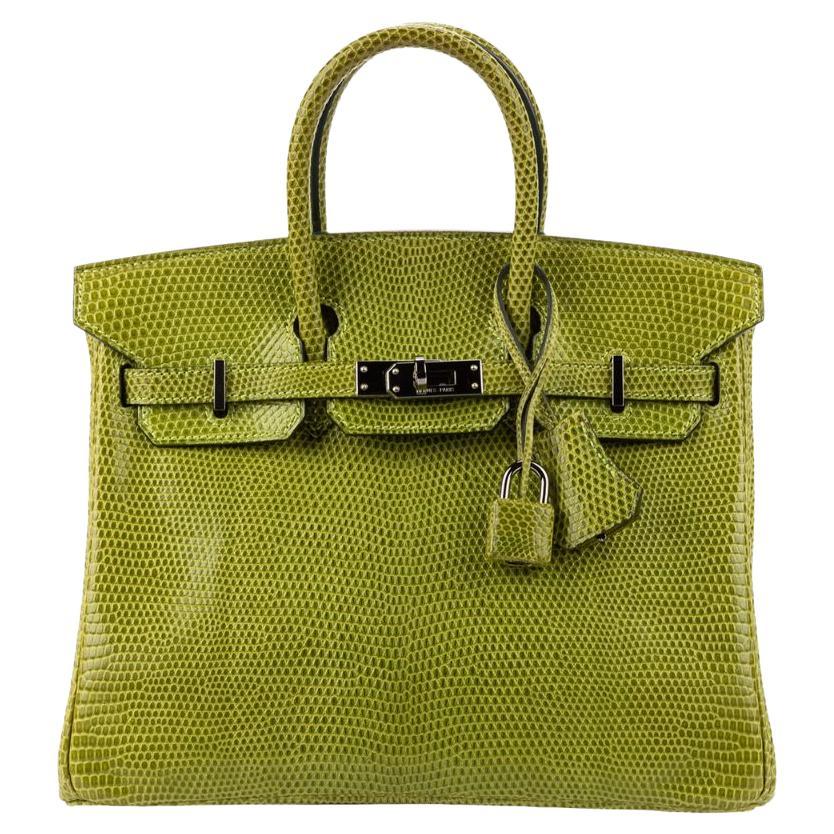
Varanus Niloticus, originating from the Nile River, is the most common of the two lizard skins. The skin is very similar to the Varanus Salvator lizard, which comes from Asia. The best way of knowing that the lizard is Niloticus is by checking the symbol next to the Hermès name. Niloticus has a single hyphen (-) next to the Hermès name. Lizard comes in both matte and shiny presentations. However, the small lizard scales give even the matte items a slightly shiny appearance. Because of the small size of lizards, this type of skin is usually used in smaller handbags and accessories. Lizard is a delicate material that requires frequent visits to the spa, to avoid drying of the scales.
Alligator is very similar in appearance to Crocodile but can
be distinguished by the lack of the pore, which looks like
a dot in the center of each scale. Alligator leather comes
in two finishes: Matte and Shiny. The finish of the Matte
Alligator skin is created by rubbing the skin with felt, which
means the skin has to be as perfect as possible because
any defects or blemishes will be visible. The finish of
Shiny Alligator is created by buffing the skin with a stone
until a sheen develops; while Shiny Alligator is just as
delicate as Matte, the sheen of Shiny Alligator scales
can help disguise small imperfections.
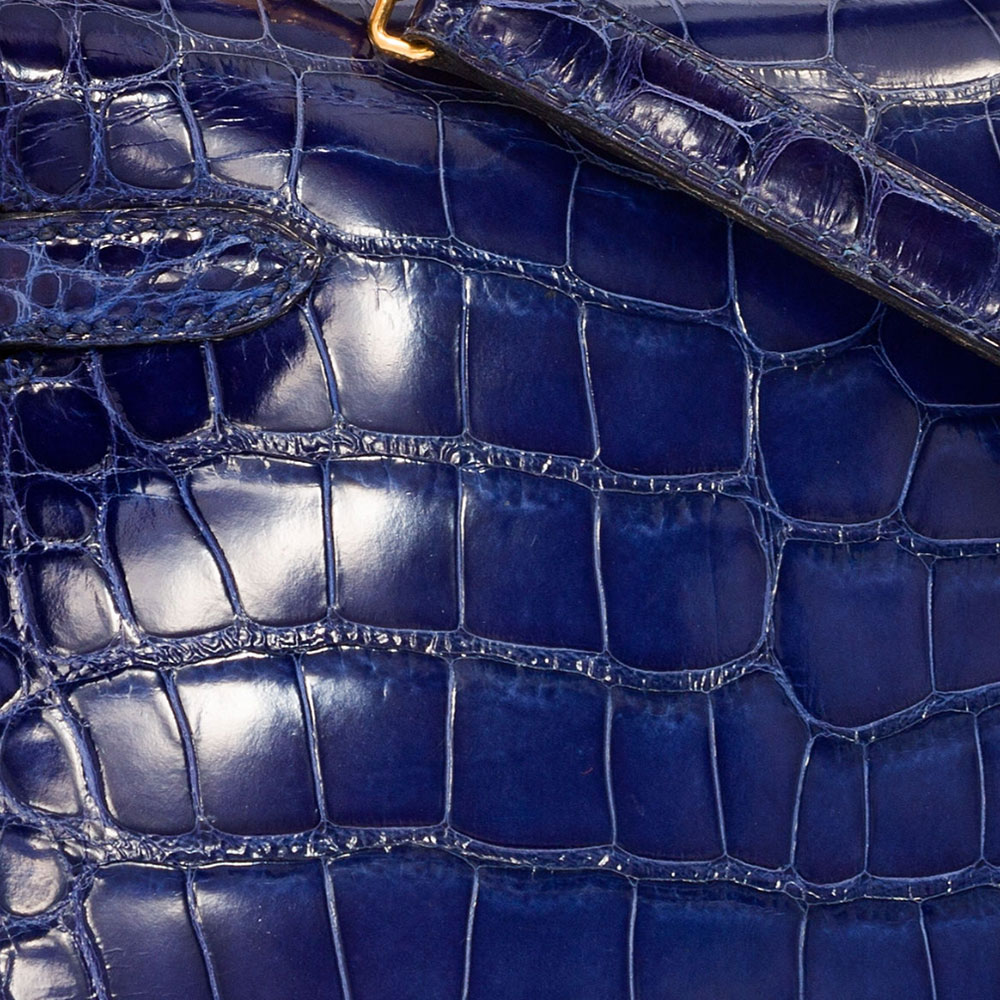
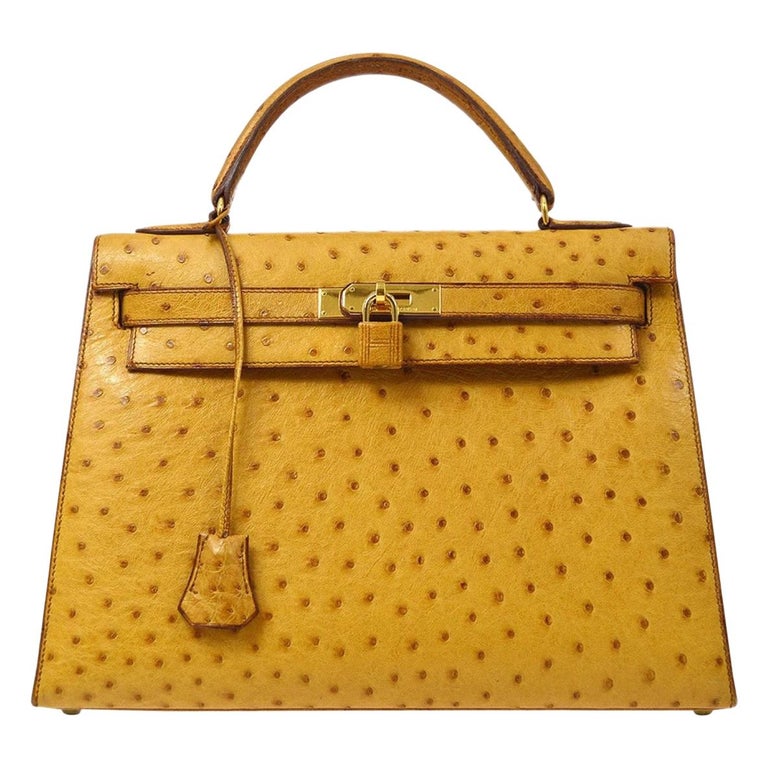
Ostrich has been used for Hermès bags since around 1920 and is one of Hermès’ most durable exotic skins. Ostrich skins come from South Africa and are easy to distinguish by its pattern of follicles; the process to prevent damage to the follicles includes flattening them and tripling the skin. Water-resistant and extremely durable (if properly cared for, bags made with ostrich leather can last for decades). Ostrich bags will keep their shape over time and can handle rain as long as it is wiped down afterward, but they are sensitive to light and oils, including the oils from your skin, which will cause the leather to darken.